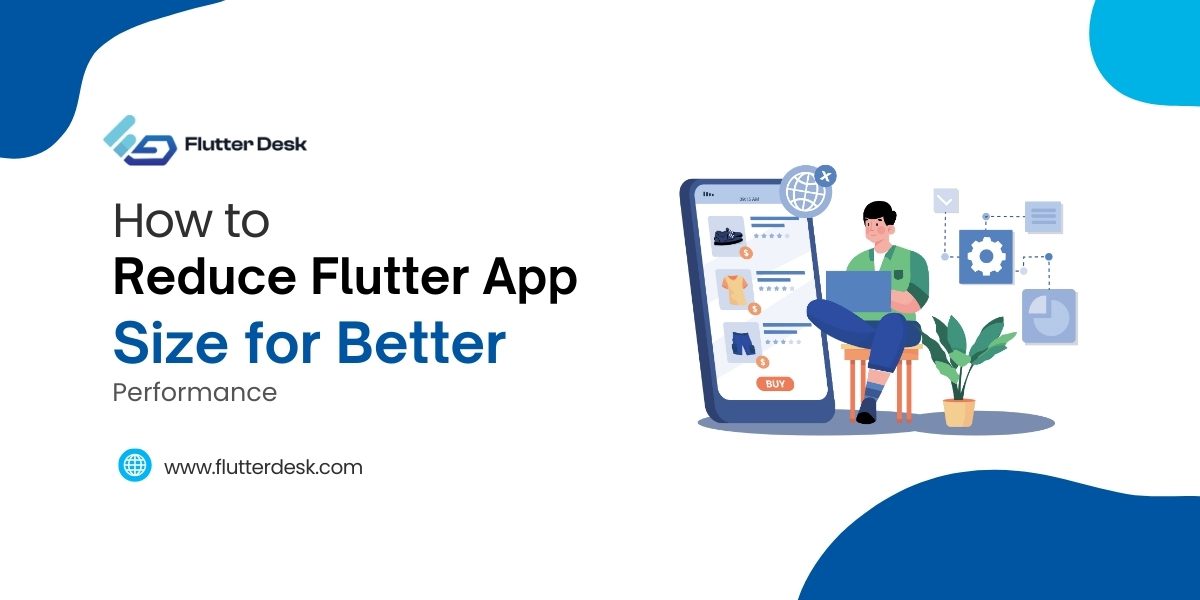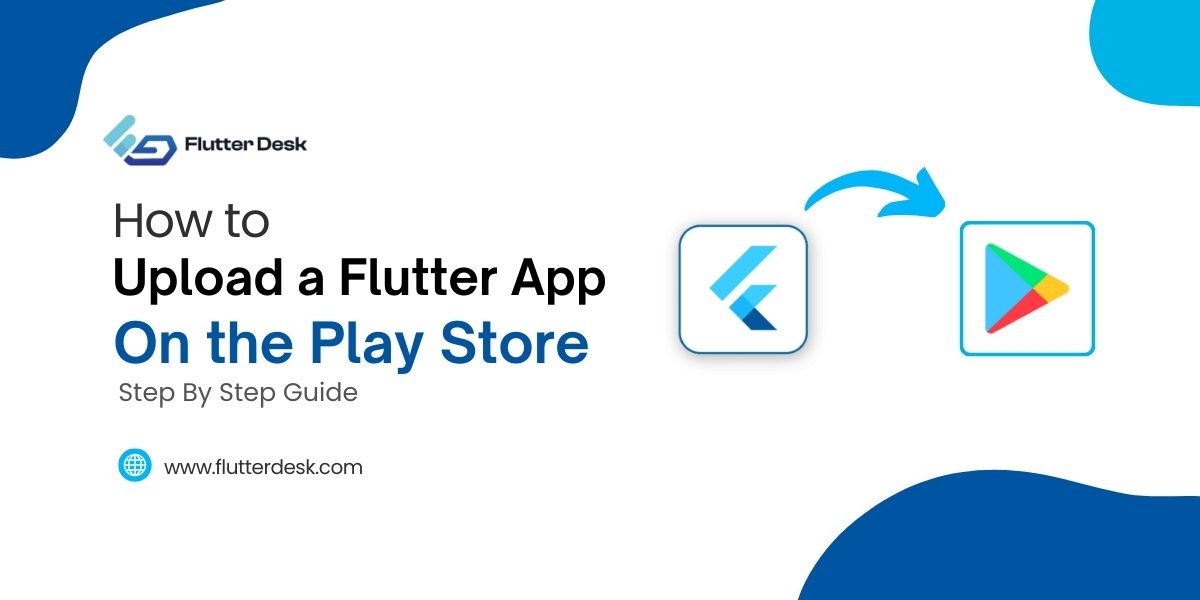The cities are growing rapidly and because of unexpected weather patterns, transport solutions are a big need. People refuse to drive their cars in just conditions and rather want a rideshare service like Uber. This service is high in demand, which means many businesses are trying to develop a taxi app like Uber.
If you’re looking to build one, you have come to the right place. We will take a keen look at the development of this app through a proper guide.
Impact of Covid and the Need for a Taxi App like Uber
Covid was cruel to everyone and several revenues and businesses had to pay a huge toll during the lockdown. Travels were canceled and therefore the profits of ride-sharing services decreased significantly. But they quickly spiked up as the crisis ended. People wanted to get out, interact and take back the old normal lives they had. And so several apps like Uber, with improved features and easiness for the customers emerged quickly.
But the necessity for ridesharing services has been a high-demand business for a long time. Why?
Not everyone affords the privilege of private rides. And even if they do, people are too busy to spare time and cost for their maintenance. That is where a taxi app like Uber comes to help. It is a dedicated tech solution built to deliver services according to your demands. As a result, the development of a taxi app like Uber will surely lead to tremendous success. The idea was launched by Uber first, so let’s learn a little about the app.
How does Uber work? Things you Need to Know
The popular ride-booking application, Uber, introduced an innovative ride-booking idea within the transport market that crushed the market of traditional taxis. The prototype was founded by Garrett Camp and Travis Kalanick. Today, it has a global reach of almost 70+ countries and 10,000 cities. The competitors are rising too but Uber is still a key player and a role model for today’s developers. Even today it is the largest company in its sector taking up 70 percent of the US ride-booking market. So how does the app work and what are its basic features?
Uber has a simple goal – to make movement easy. It’s easily accessible to all the customers and also offers earning opportunities for its drivers.
How does Uber workflow look like?
Following are the steps of Uber’s workflow:
Step 1: Installation and Registration: The user can get the app from any digital platform. After installation, finish the registration and join up.
Step 2: Request a Ride: To request a ride, first specify your pickup and drop/destination location. You will be given a price estimation and you can pick your mode of transport.
Step 3: Ride Matching and Confirmation: Your request will be immediately received by any nearby Uber rider who may accept or reject your request. Upon acceptance, your ride will be confirmed. If rejected, it will be sent to any other nearby rider.
Step 4: Your Ride: You will be notified that your driver is on their way. The passenger is provided with the rider’s details and real-time location. You will also be given an estimated time of their arrival.
Step 5: Fare Payment: You are already given an estimation of your ride’s fare to make the payment process easy. There are other multiple options for payment, like PayPal, credit or debit cards, etc.
Step 6: You Rate: Rating is a crucial aspect designed to ensure the reliability of service for the users. It will help other customers pick a better ride.
Uber has further diversified its services according to customer needs.
- UberX – An economic option.
- UberPool – Share a ride and split the fare.
- UberSELECT – Add a touch of luxury to cost-efficiency.
- UberBlack – To accommodate more than 4 people.
- UberXL – To accommodate more than 6 people.
- Uber WAV – For people with physical disabilities.
The Must-have Features of a Taxi App like Uber
Before you crack down on the development process of your taxi app like Uber, you need to have an outline of your planning to not get overwhelmed. For that:
Conduct extensive research on the current market and know your competitors.
- Specify the goals and features of your application.
- Get a clear idea of your target audience.
- Document everything.
These steps were for your convenience. For your application development, you can either hire flutter developers from flutterdesk or create it on your own. Either way, the model of a taxi app like Uber has three parties involved.
Three Aspects of an Uber-like App
- A product for the customer who books rides.
- A product for the drivers linked to the company who will provide you with their services.
- The two will be interconnected with an admin panel to monitor and manage everything.
Let’s look at each one of them in detail and list their features.
Features of a Customer-focused App
Registration: There are different options for registration. You can register your phone number, email, or social media profile. You will be able to create a profile easily.
Booking of Ride: On your screen, you will find several options, where you can enter your pickup location, and select the car type.
Estimation of Fare: This feature is tricky on the back end side but useful. Your customer can get an estimated idea of fare based on the distance and type of ride.
Tracking: Allow your user to trace the driver’s location so that they stay prepared for their travel accordingly.
Payment Methods: In addition to paying with cash, your customer should also be able to pay through the app with online sources.
Notifications: Notifications should contain all the required information about the driver (rating and reviews) and the ride (car model, color, number, etc.). Keep them updated about the time of arrival.
Rating: A customer should be able to rate and review the whole experience.
Communication with the Driver: A feature of messaging or calling the driver is also important to confirm the location.
Ride History: Enable the user to check out the driver’s service history and also keep a track of their travel history.
And in addition to the above-mentioned features that are crucial for every ride-booking application, there are some advanced features too that you can simply add to your model.
Ride Cancellation: Your customer should be allowed to cancel the ride if something comes up. Additionally, you can deduct some convenience fees according to the time of cancellation and distance from the pickup location.
Split Payment: With this feature, you can split the fare if you are traveling in a group.
Scheduling a Ride: You will be able to schedule a ride in advance by selecting a pickup time.
An Interactive Map: A map that will also display all the available drivers around you for a better booking experience.
Voice Command: This feature is not present in many apps. Through voice recognition, you’ll book the ride easily.
Gamification and Coupons: This advanced feature is to boost your customer retention. You can encourage good customer behavior with badges or rewards. Through digital coupons, you’ll give them some discounts.
A Waiting List: If there is no driver to immediately attend to your customer, you can put their request on a waiting list.
A Panic Button: One of the top priorities is to keep the user secure. To make them feel more comfortable, introduce a panic button.
Features of a Driver-focused App
Similarly, for a driver app, there are some basic features you want to add. Some features overlap with the customer’s app.
Registration and Profile: Create your profile and fill out the personal information along with your vehicle information.
Travel Alert: Ride alerts that contain the customer’s location and a route, the driver should be able to “Accept” or “Decline” these requests according to their convenience.
Notifications: Notifications to alert the driver about booking information, ending rides, reviews, etc.
Navigation: The feature will guide the driver about different routes and traffic.
A Revenue Report: This statistical report will keep a record of their monthly or weekly earnings and previous trip details.
Now let’s discover which advanced features can help you further improve your application model.
Waiting Time: If a customer is late, they must get charged a penalty fee that will go to the driver.
Heat Maps: Enable your driver to find a location with more customer density and schedule their day accordingly.
Earn More: Set a pre-defined number of trips for drivers and if they get to complete it, reward them.
A Preferred Destination: A driver should be able to pick up customers according to their preferred location.x
Last but not Least – An Admin Panel
Consider an admin panel like a central control point where admins will manage and monitor both the driver’s and the customer’s activities. Here you get complete detail of all the trips, payments, locations, reviews, etc. So, any possible financial problems can also be managed. It’s better to keep your admin panel detailed.
Following is a list of advanced features for the admin platform of your taxi app like Uber:
- Customer and Driver Support Services
- Vehicle and Booking Management
- Google Analysis Integration
- FAQs and System Content Management
- Promotion and Discount Management
- Tracking Reviews and Ratings
- Fare and Driver’s Payoff Management
Let’s Examine the Cost Insights
Is it a startup or are you working with expert developers to create something huge? Because the revenue model for a taxi app like Uber depends on different parameters that will later affect the cost of development. Such services do not have car parks with a lot of cars. What you are doing is connecting the drivers with their vehicles to their customers. The overall dynamic profit is extracted from the following sources:
- Base Fare – changes according to the type of ride you pick and your area.
- Cost per Mile and Minute – calculated through the data from GPS integration.
- Booking or Safe Ride Fee – some operational costs, written at the time of booking.
What you can further add to this revenue is:
- A penalty fee from the customer or driver for waiting or canceling a ride at the last minute.
- An added fare just in case of increased traffic or busy hours.
Now, take a glance at the factors that will impact your development costs.
Incorporation of Advanced Features
The key technological integrations that your app needs include geolocation and navigation, push notifications, and a payment gateway. With basic features to create one or two apps like Uber, your cost will range from 57,000 to 114,000 dollars. And, for a functional admin panel, the starting cost will be 14,350 dollars. If you are willing to add some advanced features to your app, the development cost will surely rise from there.
Platform and Technology Preference
Our Flutter App Development Company will work according to your platform choice. You can pick either Android or iOS or both. Note that this choice will have a major impact on the budget fixed for the development team. You can decide if you want a hybrid app or a native app after going through market research about the target audience’s preferred usage. You might be thinking of saving some costs with a hybrid app but keep in mind that it does not allow a great user experience.
Technology for your Taxi Application
Working with a qualified development team means knowing the technologies you will need for your functional strategy.
- Swift for iOS app
- Kotlin for Android app
- Node.js for back-end
- Socket.io
- Twilio
- Elastic Email
- Amazon EC2
- Amazon S3
- Stripe / PayPal
- Card.io
- Google Maps
- Google Directions
- Google Places
- Firebase
- APNs
- Facebook SDK
Depending on the advanced features you add and your business goals, this list will expand or shrink accordingly.
Who will be a part of your development team?
The development team you will build with FlutterDesk will include
- A backend developer
- An iOS / Android engineer
- UX/UI designer
- An analyst
- Project manager
Some recommendations you can Use
To build a taxi app like Uber, you have to mix your specialty with it. You cannot just create another clone. You are here to be a part of the development of this ride-sharing service by adding a new appeal to it. Uber’s API is accessible and you can use it for any niche or industry.
Here are some recommendations you can utilize:
- Food, medicine, or grocery services at a local or metropolitan level.
- Beauty and personal care services along with hygiene products.
- Healthcare services.
- On-demand home cleaning and maintenance services.
- Dispatch service of online retailers.
If you have a huge revenue model, your target should be a global expansion of your services which will give you a huge competitive advantage. With a large-scale target audience, you can expect bigger rewards.
Summing Up
The above article will help you with a perfect implementation of your idea on a taxi app like Uber, but remember to add a unique idea to it. You can also propose some unique features to Flutter app development company that you’d want to add. Cheers!










